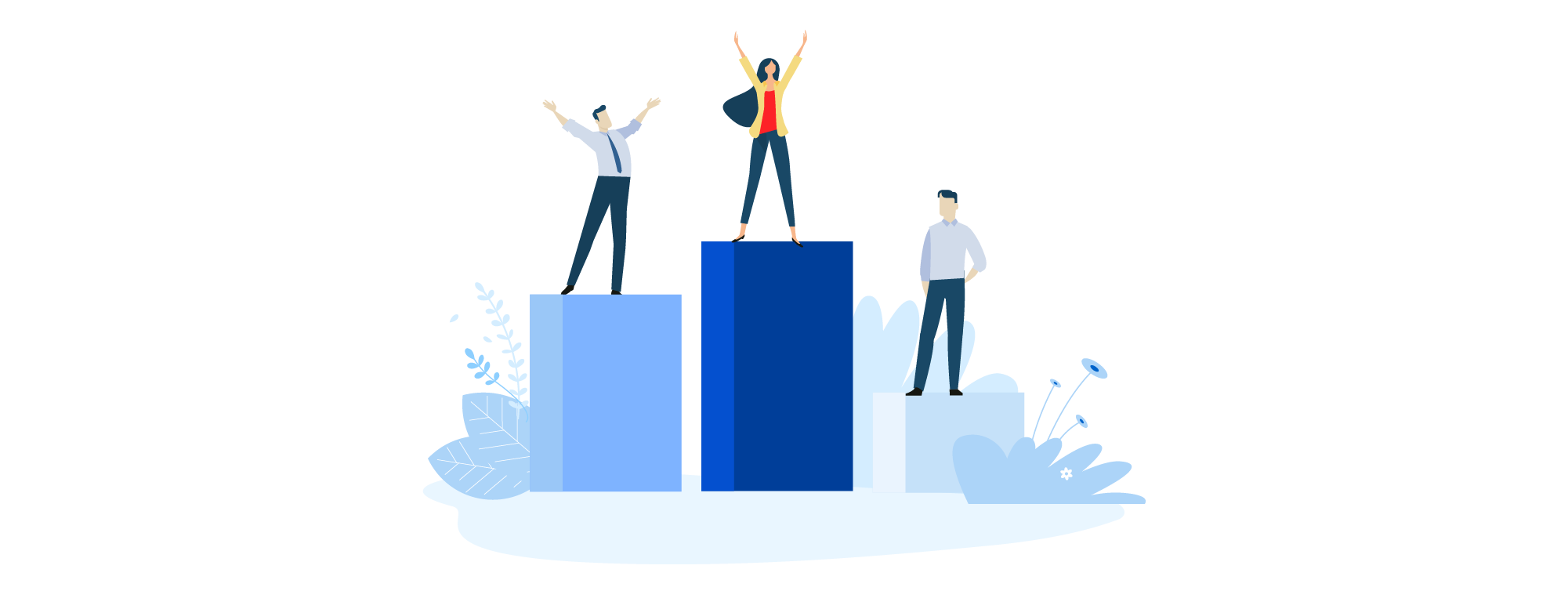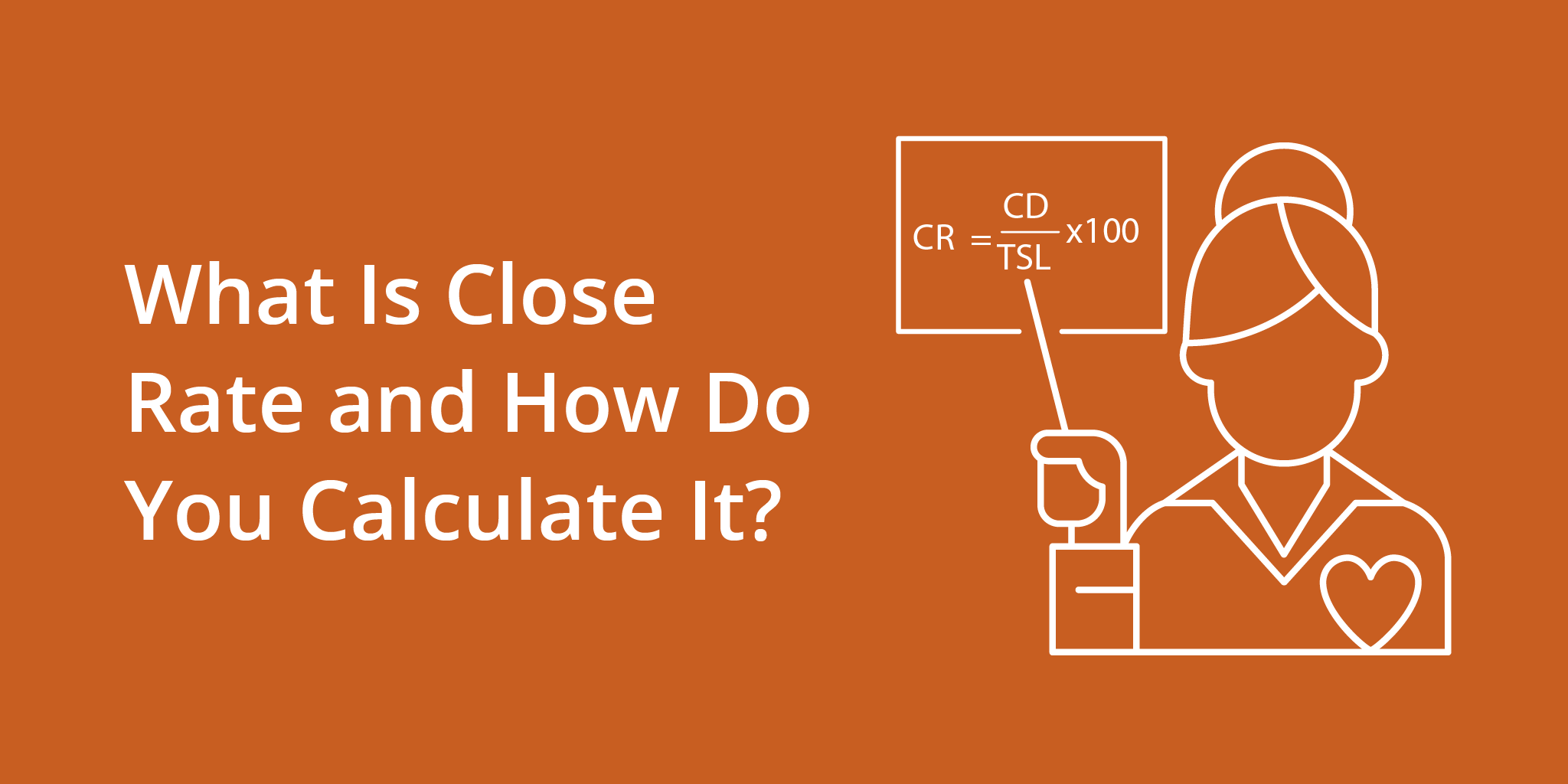Whenever a salesperson closes a deal, that may feel like a big win. However, in the greater picture of deals won and deals lost, it’s better to understand a sales team’s close rate, rather than individual scores.
Your close rate, also known as win rate, close ratio, closing ratio, or lead-to-close rate, is the one factor that determines the success of your sales team. In this article, you’ll learn what a close ratio is, and how you can calculate your close ratio to make a strategy for improvements.

What Is Close Rate?
Rather than churn rate, which is the rate at which existing customers stop subscribing to your products and services, your sales closing rate is the number of new leads that convert into sales.
That said, if your sales win rate rests anywhere below these numbers, you’re certainly in need of improvement. On the other hand, how can you begin to make changes if you don’t know what your closing ratio is to begin with?
How to Calculate Close Rate: A Simple Formula
/**/
Before you can learn how to lower your close ratio, you first need to know how to calculate it. Luckily, there’s a simple formula you can use to do it:
[Closed Deals] ÷ [Total Sales Leads] x 100 = [Close Rate]%
To start, all you need to do is figure out the total amount of sales leads you had over a certain period of time. For instance, you can use sales leads from a particular quarter to give yourself a number.
Once you have that total, then compile your total closed sales during that same period of time and divide that number by your total leads.
Finally, you will multiply that amount by 100 to give yourself a final percentage—this total is your close rate.
To show this formula in action, consider the following company’s numbers:
Flowers.com (a fictional company) counted their total number of leads from May to August and got 225 as their total. Then, after counting their total number of deals closed, they got 1000. So to get their close rate, they divided 225 by 1000 (= 0.225) and multiplied that amount by 100. Their final close rate percentage came to 22.5%.
Judging by the average sales close rate of anywhere between 15% and 30%, Flowers.com is doing fairly well. Once again, there are a myriad of ways to increase your close rate, too, but that comes after you’ve successfully used the formula to see what’s going on.

Increase Your Sales Close Rate With Kixie
Now, you can’t just magically press a button and expect your close rate to rise. Instead, you have to take active measures with your sales team and implement tools and resources that make a difference.
Kixie offers invaluable sales tools, including CRM integrations and advanced calling features that help teams in qualifying prospects and closing more deals. Not only that, but with a sales engagement platform like Kixie, you gain other sales insights that help boost productivity, inspire team members, and increase your bottom line as a company.
Boosting your close rate starts with recognizing your shortcomings and doing something to correct them. If you find that your close rate is lower than you want it to be after reading this post, then click here to schedule a free demo with Kixie to learn more about how you can change it.



